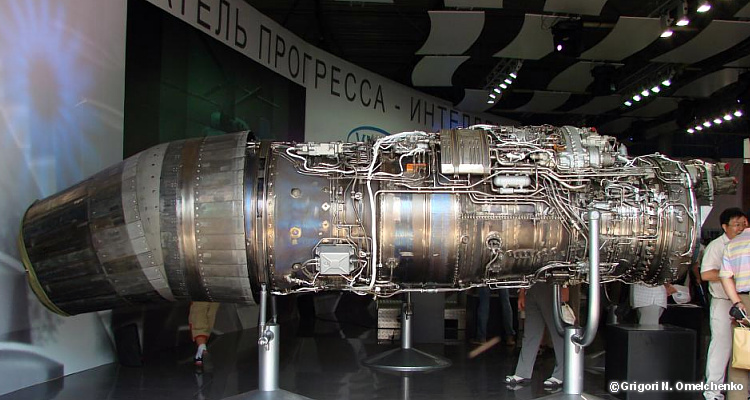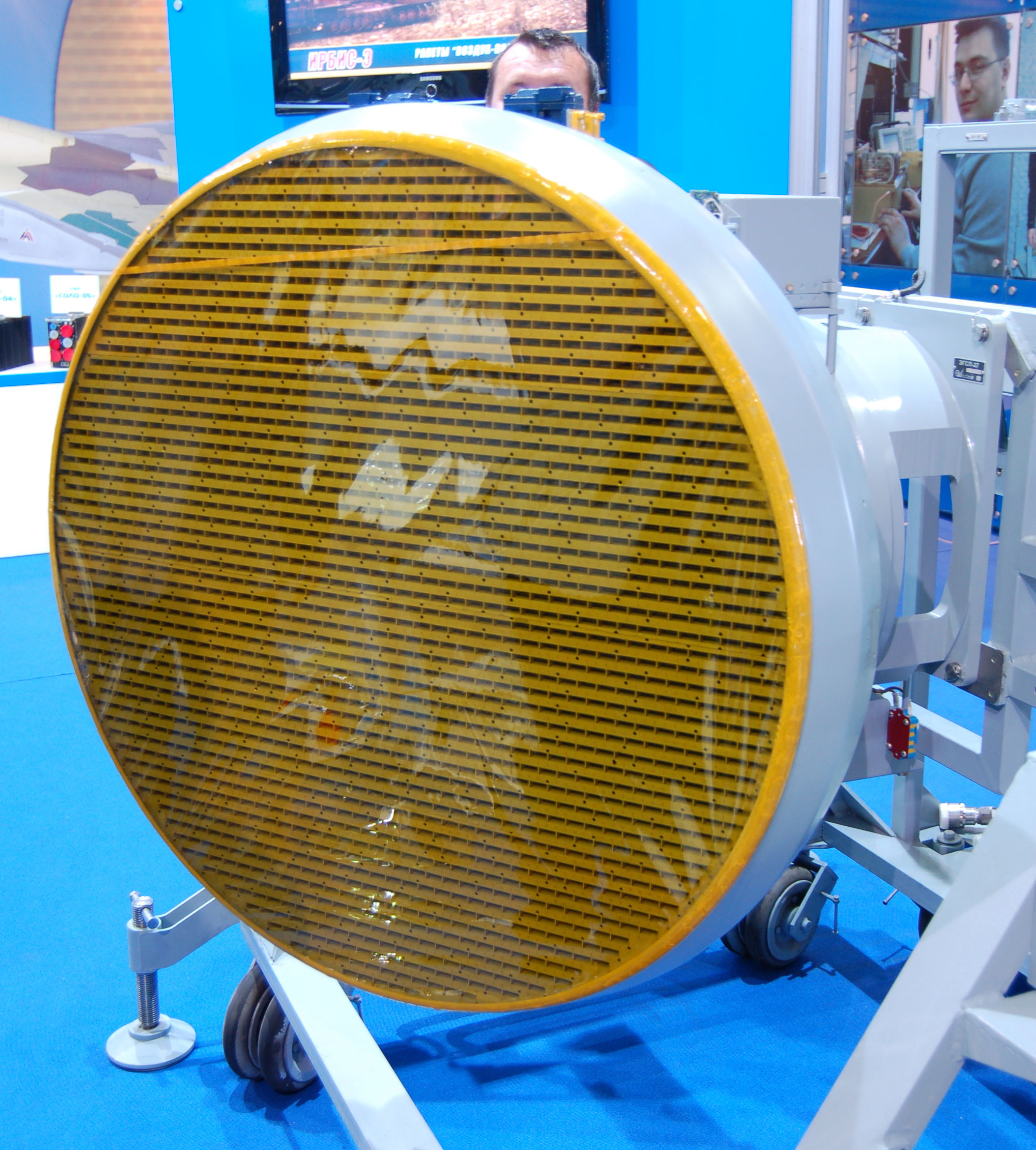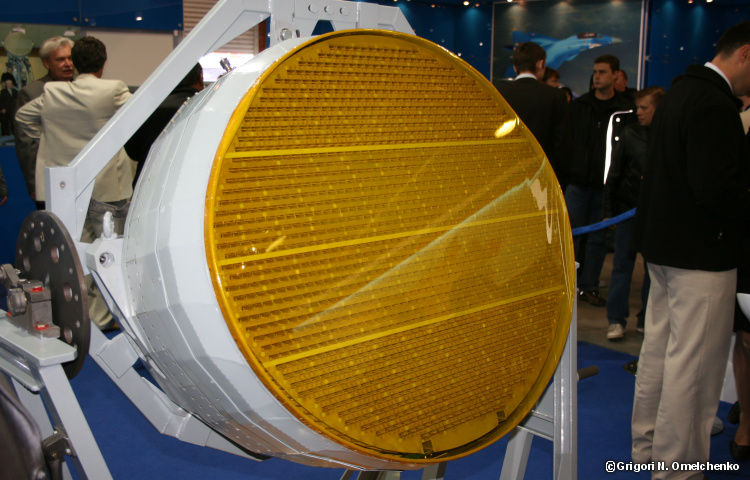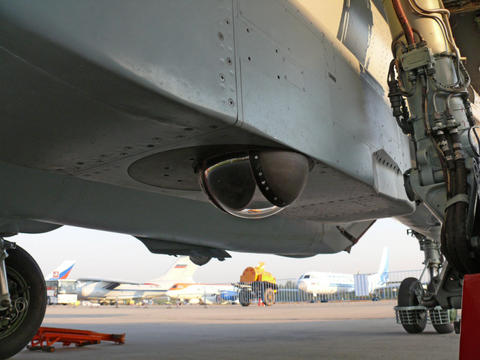PAK-FA is not operational but is not a myth for god's sake... Everything about it is real and not fiction that is not true... Developers are not fools or blind to comment on something od this magnitude, so everything that is mentioned in the above comment by me might not be the exact thing that gets on the PAK-FA but something better might get.... India is spending 30Billion for this developement and same from Russia as well or maybe more, who knows... The outcome would be something that is worth waiting and debating for....
There have been various analysis done by various so called experts on different forums and defense sites. While I agree with some, I do tend to disagree with a lot of those. So here I present my analysis of the two aircraft, and the differences between them.
THE AIRFRAME
The airframe is what provides the basic stealth characteristic to both the aircraft. To apply stealth to an airframe, the first thing that needs to be taken into account is the shape of the airframe. A stealth aircraft must have as much as possible paralleled edge of the airframe to reflect the radar wave away from its source. Both the aircraft, PakFa as well as the F-22 employ optimum shapes required to keep them stealthy in air at least from the front.
But what about the sides? Is F-22 just as effective from the sides. The answer to that may surprise some. But it is just as effective from the sides too.
The sides of the aircraft have been shaped in such a way that there are no surfaces which could possibly reflect back radar waves. The minimum edges that do exist have been coated with multiple layers of RAM.
Unfortunately the story is not so rosy for PakFa.
The side of the aircraft is just not what was expected from a stealth aircraft. The engines are a party spoiler here and will take away all the stealth advantage in an engagement. The rcs from the side may be as high as 1 square meter from certain angles. The engines are supposed to be replaced in the future, but there are no plans to alter the shape of the engine ducts. So I'd assume this is the final shape and this is a cause of worry for us Indians.
The rear of an aircraft is where the fun lies. That's because these days aircraft are equipped with IR search and tracking systems and it is just not possible to hide the IR signature of jet fuel being burnt at such high rates. A stealth aircraft might be invisible to the radar at long distances, but it can not escape the IR seeker.
And the Americans have thought about it already. The F-22's engine nozzles are shaped in such a way that not only does it reduce the chances of radar detection but also allow mixing of cold air from the surroundings, which cools the exhaust air. This nozzle design is so effective that it reduces the IR signature by as much as 30-40%.
The Russians unfortunately haven't thought about the IR signature AT ALL. The nozzles are the same nozzles used on the AL-31F engines. This is rather surprising since the PakFa will be housing an IRST system, whereas F-22 lacks the same. The Russians intend to detect the F-22 from its IR signature but they haven't done anything AT ALL about their own IR signature.
I can only hope the final engines don't end up with a nozzle design like this.
ENGINES
The F-22 uses 2 Pratt & Whitney F119 engines that produces a dry thrust of 104 KN each and 156 KN of wet thrust. The engines are a generation ahead of the conventional engines in the sense that they have 22% less moving parts, and still deliver thrust that allow the aircraft to supercruise at a velocity of 1.8 Mach without the use of its afterburner.
The engines also have Thrust Vectoring Control, but it is a 2 directional thrust vectoring system. The nozzles can vector up to 20 degrees in the pitch axis. This would allow the aircraft to maneuver at much faster rates. The pitch axis maneuverability is greatly enhanced due to this form of thrust vectoring.
The PakFa on the other hand are supposed to be fitted with a derivative of AL-41 engines which are supposed to produce thrust in the 170 KN range. The dry thrust too would be more than enough to enable PakFa to supercruise. It is expected that PakFa would be capable of supercruising at velocities around 1.5-1.8 Mach, which is on par with the F-22.
The engines are supposed to be fitted with 3 directional Thrust Vectoring Control system, which would improve the maneuverability of the already super maneuverable airframe. There are a lot of people who believe that 3D TVC is way better than 2D TVC. Disappointingly for them it is not true.
The aircraft is highly maneuverable in its pitch axis due to the huge control surfaces on its wings, and the lift generated by the fuselage. The TVC system acts as another control element. In the aircraft the yaw control surfaces are very small and ineffective. The only yaw control surface are the vertical stabilizers. The addition of TVS doesn't make a huge difference to the maneuverability in yaw axis.
To turn left or right, TVS or vertical stabilizers are not used, rather the aircraft is rolled in left or right direction and then its pitch control surfaces are used to direct it in the direction in which the pilot intends to go. So the advantage of 3D TVC is minimal when compared to 2D TVC.
Also one thing I wanted to say here that I didn't mention in the Airframe part is that the engine blades of the PakFa are not hidden. The engine ducts are linear and there are no curved ducts to hide the engine compressor blades. The engine compressor blades act as surfaces which reflect back radar waves, and since the blades face the front of the aircraft, its a BIG thing to worry about. There have been talks of a radar blocker, but the aerodynamics of a radar blocker are horrible to say the least. There are also talks that the landing gear would act as a radar blocker, but it would also reflect back radar waves and hamper the stealth characteristics of the aircraft. The engines leave a lot to be desired. I just hope the final engines take care of all the problems.
INTERNAL WEAPONS BAY
The F-22 has four internal weapons bays for its main armaments. Two at the bottom of the mid-fuselage and two on the air intake sides. There are also four hardpoints on the wings which are mainly meant for fuel tanks on ferry flights, but can also carry a weapon load.
The F-22 can carry 6 AMRAAMs in its 2 main weapons bays, and 2 sidewinders in its secondary weapons bay. The weapons bay are more than enough for an aircraft of this size, and 8 missiles are the standard configuration for all the aircraft in the world. Many believe that internal weapons bay can not hold as many weapons as a conventional aircraft, but F-22 can hold just as many weapons and even more if you take into account the hardpoints on the wings, which is remarkable.
The internal weapons bay on the PakFa are a different approach. The IWB on the PakFa are placed between the engines and act as a lifting body for the aircraft.
The straight forward placement of the IWB on the PakFa allows it to carry 8 full sized RVV-AE missiles in its internal bays. Also just like the F-22, PakFa too can carry missiles on its external hardpoints.
But its this simple placement of the IWB which doesn't allow curved ducts for the engine. In order to reduce radar reflection of the engine blades, IWB placement will need to be changed, which doesn't seem to be a possibility now in the final stages of development of the aircraft. This is very disappointing.
AVIONICS
The radar used in the F-22 is the APG-77 radar. It is a solid-state, active electronically scanned array (AESA) radar operating in the X-band(8 to 12.5 GHz). The radar is composed of 2000 transmit\receive modules, which is the highest achieved till date. The APG-77 provides 120° field of view in azimuth and elevation.
ALR-94 Electronic Support Measures system and AAR-56 Missile Approach Warning System are the backbone of the countermeasure systems. An ALE-52 dispenser for expendable countermeasures is located under doors, forward of the main wheel wells. Optical fibre links are used to significantly increase data transfer rates between the radar's high frequency components and the CIPs.
Back to the radar, it is the most advanced radar operational. The range of the radar is remarkable.
Not only does it have a huge range, but since its an AESA, it is also resistant to blocking and jamming electronically. It is believed that the APG-77 has a 'typical' operating range of 190 km and is specified to achieve an 86 per cent probability of intercept against a 1 square meter target at its maximum detection range using a single radar paint. In Ultra High-Resolution (UHR) modes, it can offer 31 cm resolution at ranges in excess of 161 km.The Low Probability of Intercept (LPI) capability of the radar defeats conventional RWR/ESM systems. The APG-77 radar is capable of performing an active radar search on RWR/ESM equipped fighter aircraft without the target knowing he is being illuminated.
Along with the main radar, F-22 is also equipped with several passive sensors. I won't go in detail explaining every sensor and antenna, so this pic should get you an idea of what some of the major sensors installed on the F-22.
On the other hand PakFa is going to be equipped with an AESA radar based on the Irbis-E radar. Tikhomirov NIIP will build the radar and very few details are available till date, but it is expected to have a range 20-30% more than the Irbis-E PESA radar. Here I have the ranges compared between APG-77, Irbis-E and the N050 radar.
As seen from the graph, the radar in the PakFa will outrange the APG-77 and also the Irbis-E radar making it the most powerful radar in a jet fighter. This is the ultimate weapon of the aircraft and PakFa would exploit the radar to compensate for the losses in stealth.
PakFa is also believed to use several passive sensors just like the F-22, but the approach differs, where PakFa uses multiple powerful radars to increase awareness, F-22 uses less powerful, efficient sensors to keep itself hidden from its opponent.
The PakFa has another X-band radar in its tail and two L-Band radars on its wings to aid in detecting stealth aircraft. As previously mentioned, it also has an IRST sensor to track an aircraft from its IR signature.
STEALTH
What gives F-22 the superior stealth that makes it the best fighter aircraft on earth?
I bet 80% of the people would say, its the stealth shape of the airframe. It is. But that is not what makes it the best. It can make it a low observable body in the sky but can not hide it to an extent that we call it a stealth aircraft. A plain sheet of metal would be detectable even when radar waves are passed parallel to the plane of the sheet.
The secret of the F-22's superior stealth are the following features:
- Shape (canted vertical stabilizers, identical sweep angles of trailing and leading edges of wings and horizontal stabilizers)
- RAM coating
- Saw-toothed joints
- Complex ray tracing calculation of multiple radar wave returns
- Efficient radar, which does not compromise stealth
I am sure everyone has noticed some saw toothed joints and panels on the F-22. Shapes like these help tremendously in reducing the frontal radar cross section. Here's how.
What these W shaped do is that they reflect the radar waves off these W edges and because these W shaped will never be perpendicular to the front of the aircraft, they won't reflect back in the incident direction. If instead, straight edges were used, the edges would be facing the front and any radar signal coming from the front of the aircraft would have bounced back and compromised the stealth.
Unfortunately, we haven't seen anything like this on the PakFa.
About the RAM coating, the RAM coats are what turn the LO aircraft into a stealth aircraft. The F-22 is not painted with RAM on the entire surface. The RAM paint is just applied to parts that demand the use.
The RAM coating on PakFa is unknown till now and has to be bloody good to beat what F-22 has in its arsenal. Also several missiles are under development for both the aircraft and judging them now wouldn't be possible.
So its a no brainer now. The F-22 beats the Russian stealth plane hands down. But since its in development stages, I wouldn't announce a winner yet and let the final plane surface. It is only then that I would conclude. Till then, Sayonara!





















